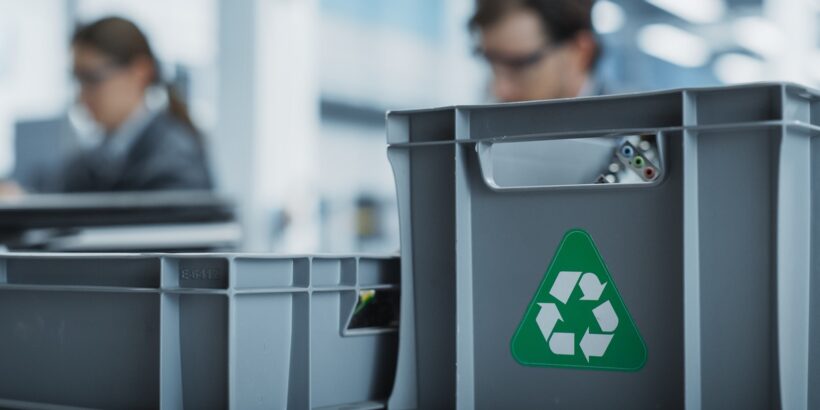E-waste is piling up globally, and businesses are a significant contributor to this growing issue. Recycling electronics responsibly is not just about doing the right thing for the environment; it’s also about managing costs effectively. However, e-waste management can be expensive for companies of all sizes that don’t approach the issue strategically. This guide explores ways companies can reduce e-waste recycling costs while staying committed to sustainability.
Conduct an E-Waste Audit
The first step in reducing recycling costs is understanding the scope of the problem. Conducting an e-waste audit helps businesses pinpoint how much electronic waste they generate, what types of devices pile up, and how those items are currently processed.
Start by inventorying obsolete electronics such as computers, printers, cables, and other office equipment. Next, assess whether your current recycling processes maximize efficiency. Do you need to rethink your current IT policies? Are employees discarding items that could still be repaired or reused? Identifying these inefficiencies is critical.
Research Different Recycling Vendors
A common misconception about electronic recycling is that all recycling programs are the same. Some recycling partners even offer buyback options that help offset the costs of recycling. Shop around and seek out vendors who provide flexible solutions, long-term contracts, or bulk recycling.
Some companies have also found success by partnering with local e-waste recycling programs that offer more affordable services. By doing your homework and collaborating with the right vendor, you can significantly reduce costs without compromising your commitment to sustainability.
Extend the Life of Electronics
One of the smartest ways to save on recycling costs is by reducing how often electronics reach the recycling bin in the first place. Extending the life of your equipment allows you to delay disposal and minimize waste.
Start by setting up a preventive maintenance program. Ensure all electronics are updated regularly and functioning efficiently. For instance, replacing a laptop’s battery or upgrading its memory can give it another few years of life at a minimal cost.
Encourage employees to report minor device issues early so that repairs can happen quickly. You’ll be surprised how often fixing a small problem prevents major breakdowns. A company that advocates repair and maintenance not only reduces e-waste but cuts future investments in new equipment as well.
Donate Equipment
Just because a device no longer fits your company’s needs doesn’t mean it’s without value. Donating or reselling old but functional equipment is an excellent way to offset both financial and environmental costs. The key is to find value in your electronics rather than assuming they’re disposable.
Many nonprofits, schools, and charities welcome technology donations to aid in their operations. Offering your used devices to them is a win-win situation that keeps e-waste out of the landfill while supporting a worthy cause. Plus, it can qualify you for a tax write-off since it’s a charitable donation.
Start Saving on E-Waste Recycling Costs Today
There are practical ways companies can reduce e-waste recycling costs without neglecting their environmental responsibility. It all starts with assessing current practices and exploring your options to donate or resell functional devices.
Recalibrating your approach to e-waste management reduces unnecessary expenses and showcases your business as a forward-thinking organization. Take the first step by rethinking how your company handles its obsolete electronics.
